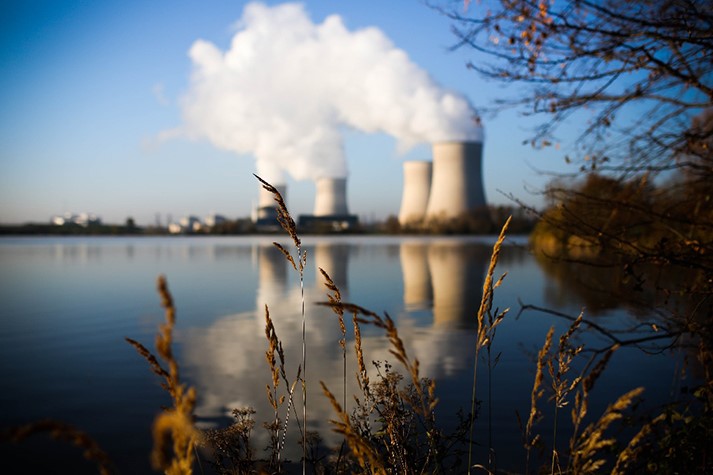Nuclear transition: where do we stand?
Should we reinvest in the nuclear industry or capitalize on new renewable energies? As several nuclear power plants reach the end of their lives, the debate is more topical than ever for the French government. However, like the delay on the Flamanville ERP, the decision on the future of nuclear power in France is still very unclear…

In search of a coherent energy strategy?
As the third largest French industry in terms of jobs and know-how, the nuclear sector represents an activity with high strategic stakes, producing energy at a competitive cost and without CO2 emissions. Behind the United States, France is the second country in the world in terms of nuclear power, with more than 58 reactors on its territory.
So it is not so easy to write off this sector despite the controversies it has provoked… So much so that the report on maintaining skills, unveiled a few days ago in the media, recommends the construction of six new EPRs from 2025.
Under the control of the ASN (French nuclear safety authority), the major nuclear players are trying to ensure their backsides through renovation and modernization processes aimed at increasing the safety and operating time of the plants. Also, investments in numerous research projects are being released, with the hope of finding the “nuclear energy of the future” and new technologies that will allow to reconcile economy and ecology.
Nuclear waste treatment: the public debate is open
However, the question of future investments does not preclude the question of dismantling nuclear power plants that have reached the end of their life. Corrosion, cracking, mechanical wear and tear… the ageing of power plants, some of which were built more than 40 years ago, leaves a lot of used and radioactive materials. In France, these materials represented a total stock of 1,540,000m3 in 2016, divided into 5 categories according to their degree of radioactivity and their degradability time.
This growing volume is forcing the players to revise their nuclear waste treatment policy. Cigéo, a deep geological disposal project in Bure (Meuse), is for the moment “the least bad solution” chosen by France for highly radioactive and long-lived waste.
Starting this fall, the national plan for the management of materials and waste will be the subject of a public debate for the first time in order to involve citizens in the energy options available to France.
How does FILAB support nuclear industry players in the energy transition?
As an independent French laboratory, FILAB has a wide range of technical capabilities that enable it to intervene with reliability and integrity in issues related to the nuclear sector. Whether for routine testing or for support of R&D projects, suppliers, manufacturers or authorities call on us to validate the conformity of products used in nuclear power plants.
With an analytical platform of 2100m², we also provide the following services
- Analysis of PMUC (Products and Materials Used in Nuclear Power Plants)
FILAB is approved by EDF to perform the analysis required for PMUC certification. FILAB has been approved for many years for chemical analysis of halogens and sulfur, and its approval has been extended to specific analysis of products in the 021 family (ion exchange resins and conditioning products).
- Characterization of materials and study of their behavior (stability and aging): metallic alloys, polymers, composites, ceramics…
- Study of failures: fracture surfaces, adhesion or welding defects, corrosive actions
- Determination of residual solvents and heavy metals
- Environmental analysis
- Study of compatibility between materials and fluids
- Search for CMR product substitution
As a member of Nuclear Valley, a competitiveness cluster dedicated to the civil nuclear industry, FILAB contributes its expertise in metal alloy characterization to the COMCEPT collaborative project.
Would you like to know more? Contact us for more information!








